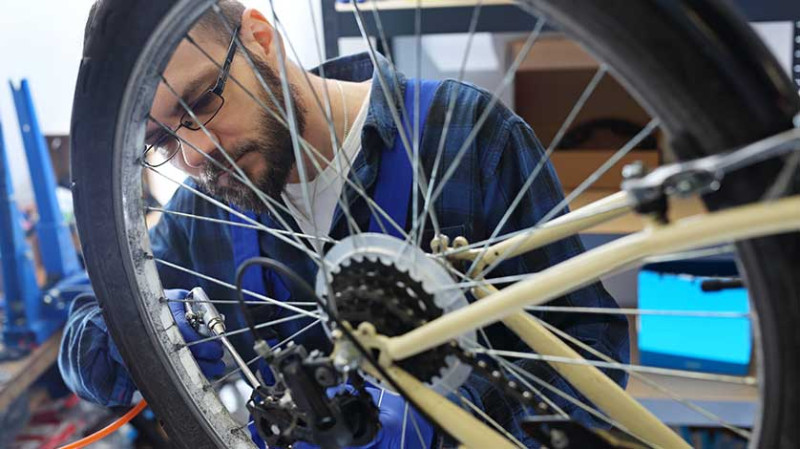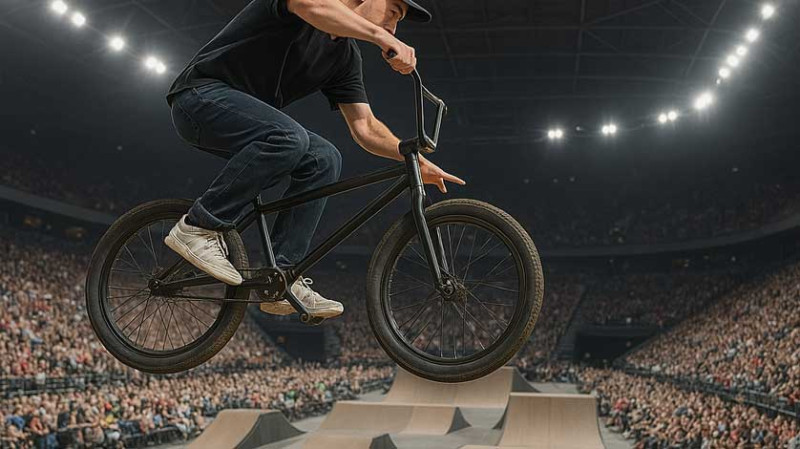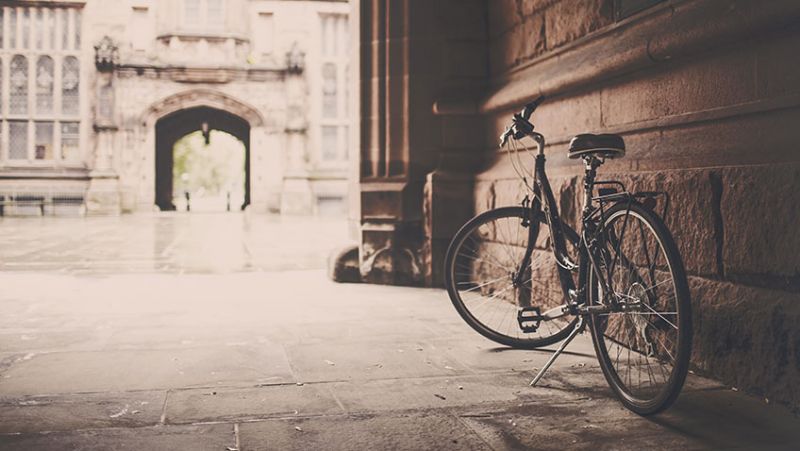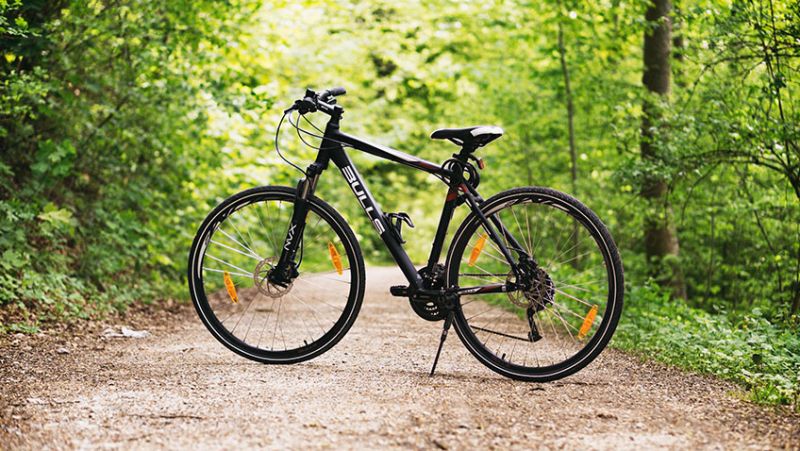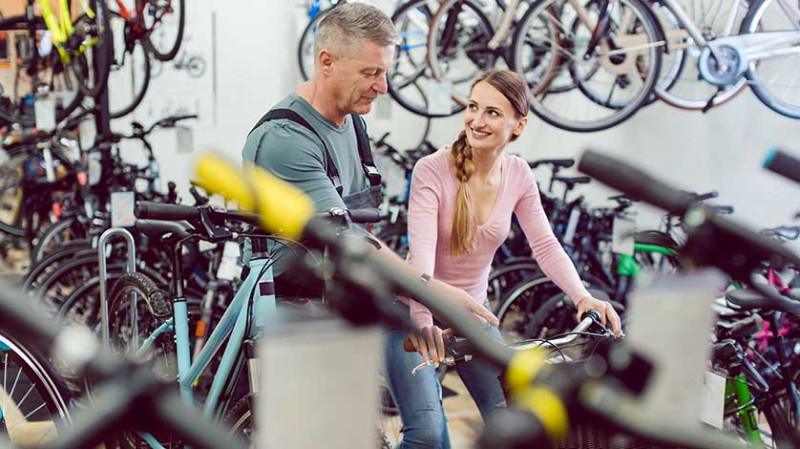
Whether you're a commuter in central London, an adventurous trail rider from the Lake District, or a designer with an eye for performance meets aesthetics, purchasing a bike isn't just about two wheels and a frame. It's an investment in lifestyle, health, sustainability, and even craftsmanship. But with so many options on the market from stylish fixies to rugged mountain bikes, knowing what to look for is crucial.
Before you hand over your hard-earned cash, it's essential to consider several key factors that can make or break your biking experience. This guide covers five critical things every UK-based rider should think about before buying a bike, whether you're a first-timer or a seasoned pedaler looking to upgrade.
1. Determine the Purpose of the Bike
The first and most important question to ask: What will you be using the bike for? Bikes are designed for different terrains and use cases, commuting, road racing, touring, trail riding, or even indoor training. Selecting the wrong type can result in frustration and unnecessary expenses down the line.
For example, a single-speed city bike might be ideal for navigating busy urban streets in Manchester or Birmingham, whereas a full-suspension mountain bike is better suited for the rugged trails of Snowdonia. Similarly, electric bikes (e-bikes) have surged in popularity among commuters, offering pedal assistance for longer rides across town or up hilly terrain.
If you're incorporating your bike into your daily commute, look for frame features that accommodate panniers, mudguards, and reliable lighting. If casual weekend exercise is the goal, a hybrid or road bike might be a better fit. As a DIY enthusiast or creative professional, a stylish, retro-inspired model might also serve as a design statement within a contemporary interior space.
Knowing the primary purpose upfront will help narrow down the options and avoid buyer's remorse.
2. Understand Frame Materials and Build Quality
The material of a bike's frame has a profound impact on weight, durability, ride quality, and price, and as a design-conscious buyer, this matters as much as performance. The four most common bike frame materials are aluminium, carbon fibre, steel, and titanium, each with its pros and cons.
Aluminium is lightweight and budget-friendly, making it ideal for most entry- and mid-level bikes. However, it can feel stiff and less forgiving on rough roads.
Carbon fibre is lighter and provides excellent shock absorption, ideal for serious road cyclists and those looking for top performance. It's also the go-to material for modern, minimalist bike aesthetics prized by designers and architects. But it comes with a higher price tag and isn't as simple to repair.
Steel frames are heavier but incredibly durable and offer a classic look and ride feel. They're often preferred by touring cyclists due to their flexibility and strength, plus they're easier to repair if damaged, a practical point for DIY enthusiasts.
Titanium is the crème de la crème, lighter than steel, stronger than aluminium, and naturally resistant to corrosion. It's ideal for serious enthusiasts but generally resides in a premium price bracket.
While the frame is the backbone, don't neglect the components like brakes, gears, and wheels. Poor-quality components can quickly wear out and ruin your cycling experience.
3. Get the Right Fit and Size
Fit should always be at the top of your checklist. Riding a bike that's too large or too small can lead to discomfort, poor control, and even long-term injuries. This is especially important if you'll be cycling long distances, either on the road or off the beaten path.
Bikes come in sizes similar to clothing, usually labelled S, M, L or in centimetres based on the frame's seat tube length. Getting professionally fitted at a reputable UK bike shop or using an online sizing guide based on your height and inseam can make a world of difference to comfort and performance.
Many bike shops offer free fitting services bundled with the bike purchase. A proper fit adjusts not only frame size but saddle height, handlebar placement, and reach, ensuring optimal posture and power delivery.
If you're a designer or tradesperson spending long hours on the saddle commuting across town, a well-fitted bike will reduce strain and maximise energy efficiency, not to mention prevent injuries that could sideline you from projects.
Remember: looks and branding should never overshadow fit. The most Instagram-worthy ride won't help you if it hurts to use it.
4. Consider Maintenance and Upkeep
Bikes, like any machine, require ongoing care. Some models are more maintenance-friendly than others, and understanding the maintenance demands of your chosen bike is essential before purchase, especially if you prefer to get hands-on or plan to do DIY repairs at home.
A bike with disc brakes or internal gear hubs might require more advanced servicing tools and knowledge compared to simpler calliper brake systems and external gears. While high-end road and mountain bikes offer improved performance, they may also come with tighter tolerances and more sensitive components, escalating maintenance needs and costs.
Here's a quick comparison table of maintenance considerations by bike type:
| Bike Type | Maintenance Level | Common Maintenance Tasks |
|---|---|---|
| Commuter/Hybrid | Low | Tyre pressure check, brake pad wear, chain lubrication |
| Road Bike | Medium | Gear tuning, chain wear replacement, brake adjustment |
| MTB (Mountain Bike) | High | Suspension servicing, drivetrain cleaning, brake bleeding |
| Electric Bike | Medium to High | Battery maintenance, motor diagnostics, software updates |
For tradesmen and DIYers, choosing a bike with easily replaceable components might not only reduce costs but also provide satisfaction in doing your tune-ups. On the other hand, e-bikes and high-end models may require support from specialist bike mechanics, and that means budgeting for ongoing services.
5. Factor in the Total Cost of Ownership
The cost of a bike goes well beyond the sticker price. Many first-time buyers are caught off guard by the additional gear and accessories needed to integrate cycling into daily life safely and efficiently.
Essentials include a quality bike lock, helmet, front and rear lights (a legal requirement in the UK when cycling after dark), maintenance tools, and possibly a high-visibility jacket and puncture repair kit. If you plan to commute or travel, panniers or a backpack, waterproof gear, and mudguards may also be necessary.
For electric bikes, factor in battery replacement costs every few years, as well as potential software updates or diagnostics if it's a smart model. Insurance is another cost often overlooked. Considering bike theft rates in UK cities, adding your bike to your property insurance is highly recommended or even purchasing dedicated cycle insurance.
While buying second-hand can be cost-effective, it's important to understand potential wear and tear. Always check for frame cracks, worn parts, and ownership proof to avoid stolen goods or unexpected repair costs.
Looking at the broader expense, a well-selected bike that matches your needs and fits well can pay for itself through savings on petrol, public transport, gym fees and even time savings, especially for busy professionals in the creative and construction industries.
Final Thoughts
A bike is more than just a mode of transport, it's a personal tool that can improve your lifestyle, productivity, and wellbeing. From understanding your needs to fit, materials, and long-term costs, buying a bike is a decision worth researching carefully.
Whether you're an interior designer seeking a sleek ride for the morning commute, a craftsman looking for durable gear, or simply a young professional embracing greener ways to get around, these five considerations will help you make a confident and informed choice. Remember: the best bike for you is the one that fits your life, not just your style.
